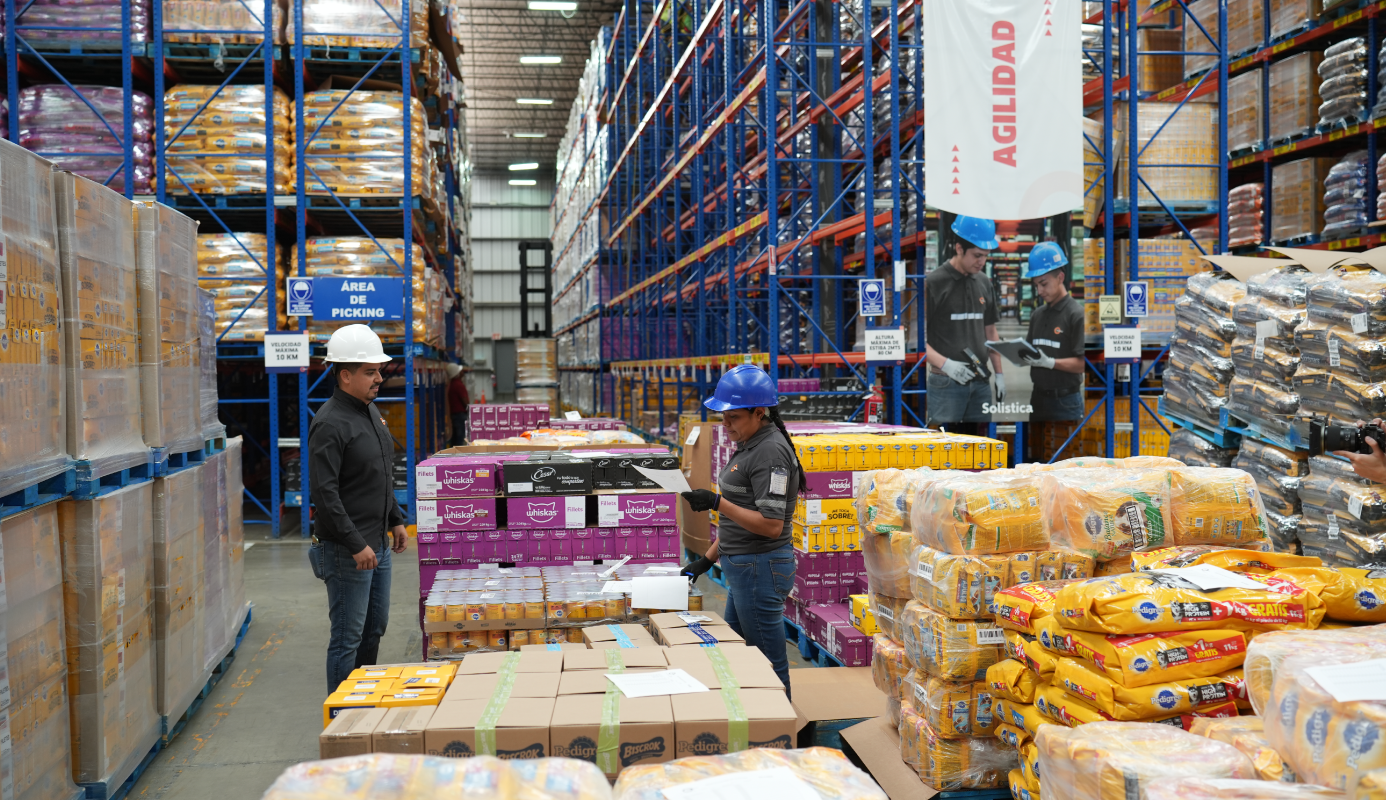In a manufacturing company that manages its own warehouse, having excess inventory is a common issue that logistics directors must deal with because it affects both costs and customer service.
We are talking about stocking products beyond levels set as optimal, which were calculated in a very basic manner without usually considering important aspects of the manufacturing chain.
One of the tasks of logistics directors is to find a balance between stock levels and demand from clients, so companies can offer quality service and keep their competitiveness.
It is all about having products available for clients at the exact moment they order them.
However, we generally misinterpret this concept of efficiency and follow our common sense that tells us to keep excessive goods in stock.
Usually, an overstocked warehouse is a symptom of an unnoticed issue in the company’s logistics and manufacturing processes.
According to consulting firm MeetLogistics, the level of stock is like a river’s flow: “when a company lowers its stock levels (in other words, reduces the flow of water) throughout the manufacturing and commercial processes, and does it continuously and in great proportion, the receding water will reveal the rocks interfering with the processes.”
Several departments, such as purchasing, sales, finance, marketing, and logistics, are involved in the decision of how much product to keep in stock. If communication between these is deficient, the river flow effect happens.
Issues caused by overstocking
- Raises financial costs because the investment remains in the warehouse without creating cash flow or profits.
- Increases logistics costs because warehouse maintenance results in wasted space and labor expenses.
- Creates losses due to obsolescence because not all products have the same shelf life due to expiration dates or seasonality.
- Products take space in the warehouse and use resources that might be channeled to other and more demanded products, which might result in shortages.
- Alters customer service levels if we offer something clients don’t need at the time (overstocked items) and miss satisfying a need for something they are asking for in the moment.
How to reach the right inventory balance?
There is no such thing as a unique equation, it all depends on the company’s business focus and sector.
Nevertheless, in overall terms, we can improve the control of our stock if we follow these recommendations:
- Make the best use of technology and implement a system to automate the detection of overstocking; this will help us make better and timelier decisions.
- Set the company’s annual goals regarding purchases; consider any variables that may affect the supply chain.
- Promote coordination among the different departments; it will help us standardize criteria for purchases and be more cohesive when searching for solutions to manage overstocking such as promotions or, for retail businesses, refund deals with suppliers.
- Assess trends so we can foresee demands and find a balance between what we stock and what we actually sell, avoiding shortages.
When we manage warehouses, we need to pay attention to the flow of goods; in this way, we will avoid overstocking that raises costs and hurts the company’s profitability.
In the following chart, you can go over the seven mistakes companies must avoid at all costs to guarantee the optimal management of your inventory:
![Lo que necesitas saber sobre el exceso de inventario [Infograf+¡a] trad rev final 886 palabras](https://blog.solistica.com/hs-fs/hubfs/Infograf%C3%ADa%20ingl%C3%A9s%20/Lo%20que%20necesitas%20saber%20sobre%20el%20exceso%20de%20inventario%20%5BInfograf+%E2%94%AC%C3%ADa%5D%20trad%20rev%20final%20886%20palabras.jpg?width=2084&name=Lo%20que%20necesitas%20saber%20sobre%20el%20exceso%20de%20inventario%20%5BInfograf+%E2%94%AC%C3%ADa%5D%20trad%20rev%20final%20886%20palabras.jpg)
Finding out problems on time and making opportune decisions help us avoid inefficiencies that result in increased costs and in the stagnation of your cash flow.
When inventory management uses resources up and distracts us from running our businesses, it may be time to make a smart move and outsource logistics to a provider with the necessary experience, knowledge, infrastructure, and technology to meet our supply needs, which are directly linked to our company’s customer service quality.
*This blog was originally published on December 11 2018 and modified on July 10 2022.







